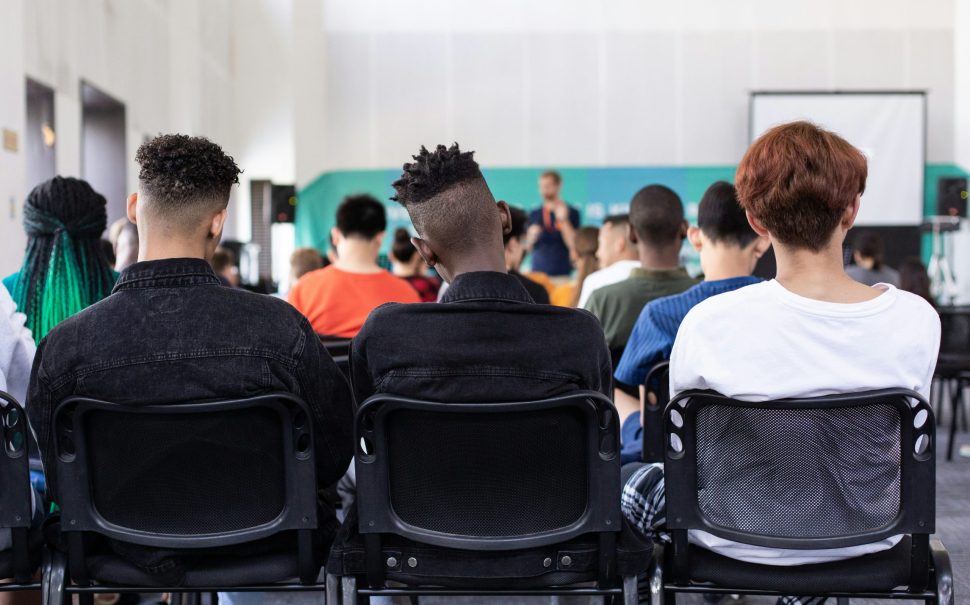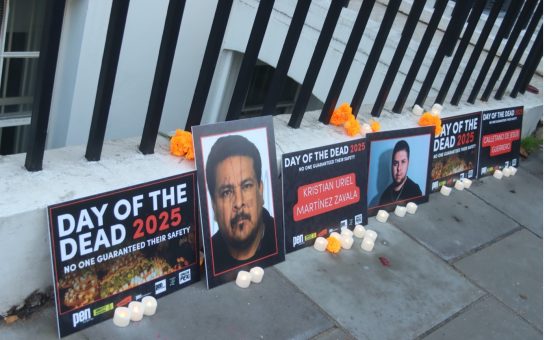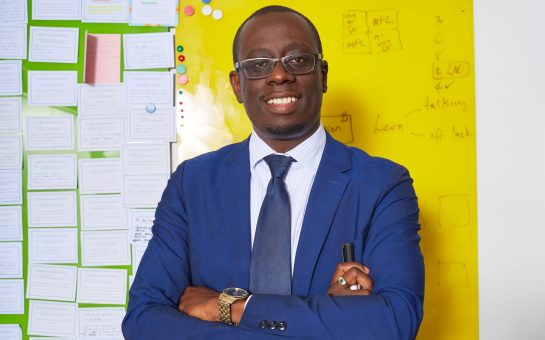One of the few Black headteachers in London has echoed calls for more leadership diversity in education.
According to a 2025 study from the Department for Education (DfE) only 1.2% of headteachers in the UK are Black, with numbers largely concentrated in the London inner city area.
Miriam Manderson, headteacher of Rooks Heath High School in north west London, hopes that more Black teachers strive for leadership positions.
She said: “We need you, we need your representation, we need you to inspire the future children.”
She argued that many Black teachers do not dream big enough to see themselves in leadership roles, despite their credentials.
In 2020, a nationwide UCL study found that 46% of state schools do not have a classroom teacher from an ethnic minority background.
The study also found that many Black teachers leave the profession, abandoning hopes of career progression due to stalled opportunities — marking this as the key turnover factor for Black, Asian and Minority Ethnic (BAME) teachers.
Manderson’s noted the resilience required of Black teachers aspiring for leadership, calling her own experienced as ‘a journey of persistence and overcoming self-doubt’.
She argues there are additional barriers they may need to overcome, pointing to societal factors which disproportionately impact Black communities such as economic deprivation and systemic racism.
Many also battle with their own imposter syndrome, what Manderson refers to as: ‘Thinking, am I good enough?’
Manderson described that the closer she got to the top, the further away the goal post moved; this didn’t get in the way of her getting the top job but did share concern that it would stop others.
Despite this, Manderson and other Black senior leaders in education do notice a change in their circles, seeing more Black teachers being appointed to and aspiring for leadership roles.
In the last five years, more programmes have launched to encourage more Black teachers into educational leadership roles through mentorship and support, such as Aspiring Heads (2020) and Teach First’s ‘100 Black Headteachers Network’ (2023).
However, as highlighted by a 2023 study from the Durham Evidence Centre for Education, although student intake in the UK is more diverse than ever, the work force has failed to reflect these changes.
The study also highlighted that students from ethnic backgrounds were more likely to be unfairly treated in schools that lack a diverse workforce.
Manderson considers her own background, growing up in a working class and culturally diverse area, as her secret weapon in her ability to connect with her students who come from all around the world.
She said: “They know you have an affinity for who they are, and where they come from, they can trust you more”.
Another London based Black deputy-head felt that their presence in a senior role meant they were able to have more candid conversations with parents and carers, on top of also understanding cultural differences and behaviours from students, which may have otherwise been misunderstood.
It has been nearly 50 years since London saw its first Black headteacher, and this Summer, a Blue Plaque commemorating Windrush Pioneer, Dr Beryl Gilroy, was unveiled outside North London Collegiate School in Stanmore.

Dr Gilroy became headteacher in 1969 at Beckford Primary School in Camden.
Having arrived in the UK in 1952, and despite gaining the relevant qualifications, she struggled to land a role in teaching for years. Her persistence eventually landed her a job in a school in 1954.
Dr Gilroy stands alongside Yvonne Conolly, who is also recognised as London’s first Black headteacher and came to the role the same year as Gilroy, at a Primary School in Islington.
In the 1950s, racial tensions were high, and both women’s lives were under threat due to their positions, but today they are recognised for their contribution in forging the path for a more diverse and inclusive teaching force.
Since the days of the pioneer Black headteachers, the capital has seen decades of integration and yet nearly 50 years on, leadership in schools is yet reflect this. But for teachers like Manderson, there is hope.
Manderson said: “Education should be about opening minds and integrating communities.
”She hopes to inspire every child she can and uses herself as an example to her students that it is possible to aim and reach high no matter where you come from.”
Manderson points to Yvonne Connolly as her personal black headteacher hero.
She said: “I’m standing on the shoulders of those that came before me’ and she hopes that many more future leaders will stand on hers.
photo credit unsplash.com





Join the discussion